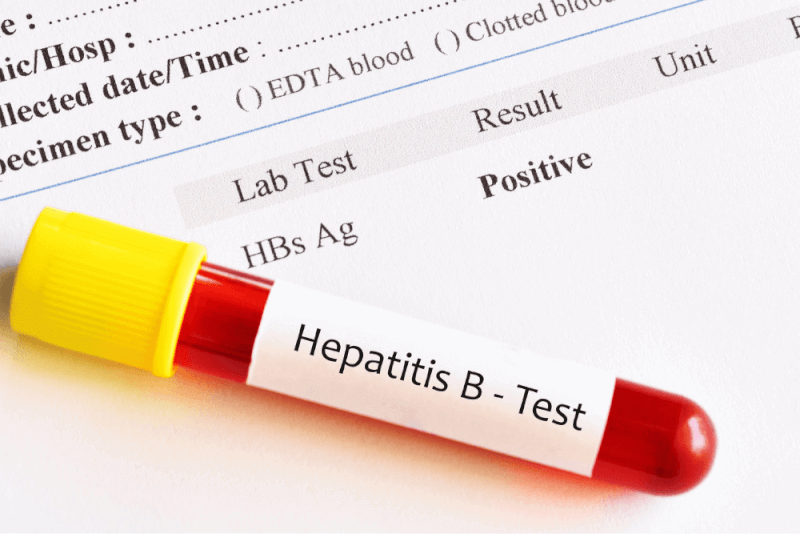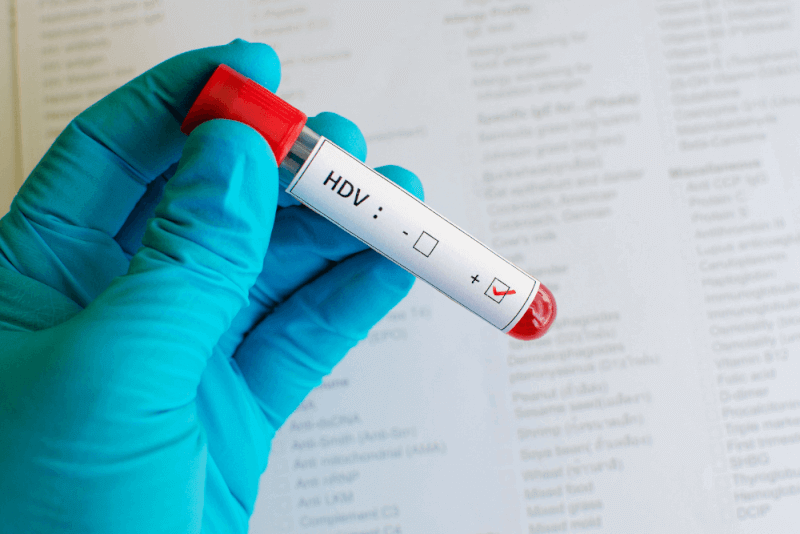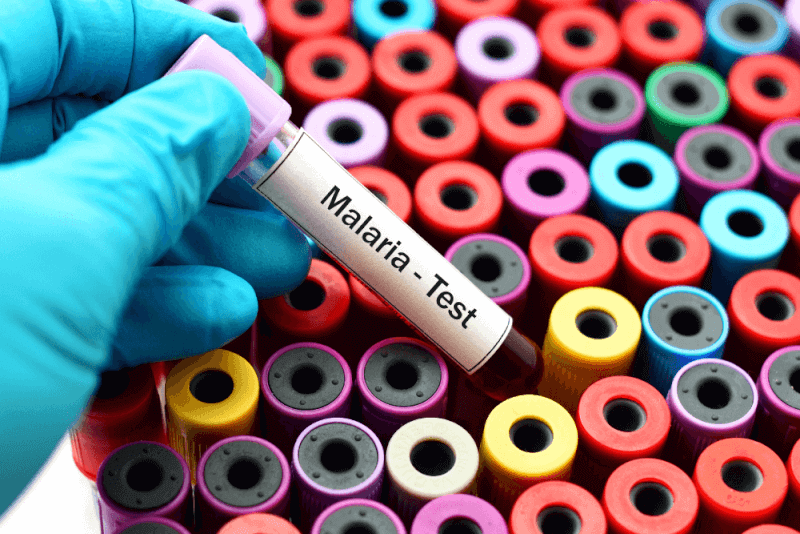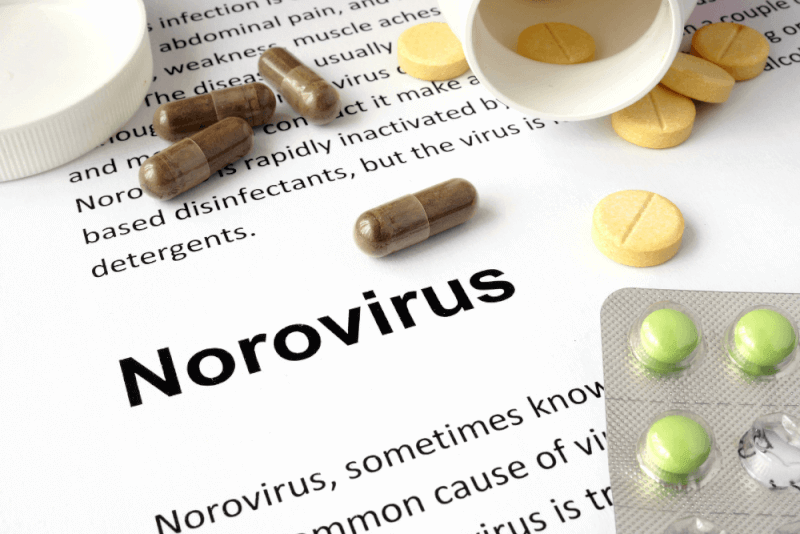What is HPV?
Human papillomavirus, also called HPV, is a common virus that can affect different parts of the body. There are more than a hundred species in the HPV virus family that cause warts in many different parts of the body. Approximately 30 species in this family cause warts in the vagina, cervix, scotum and penis.
HPV, which affects the genitals, is transmitted through skin-to-skin contact. The majority of genital HPV types are harmless. In addition, some warts that can be seen due to HPV viruses can cause some types of cancer, including uterine cancer. For this reason, the condition should be diagnosed and treated early.
Types 6 and 11 of the HPV family are the most common types of genital warts. Other HPV types cause the following problems.
- Flat warts
- Subungal warts
- Plantar warts
- Common warts
- Periungal warts
- All warts are caused by HPV.
But not all types of HPV cause warts. The type of HPV that can progress to cancer does not cause warts.
HPV causes
In order for HPV, which is transmitted through skin-to-skin contact, to infect people, skin breaks must be present. In this way, the virus can penetrate the skin barrier and enter the body.
The transmission of warts on the genitals of both men and women requires sexual intercourse or contact with the genital area. Warts in the mouth or upper respiratory tract are transmitted through oral sex.
If pregnant women have genital warts and the infection is present, there is a risk of infection of the baby. It is possible for the vocal cords of the baby in the womb to be affected by HPV. If this happens, benign nodules are found on the baby's vocal cords.
HPV symptoms
HPV that affects the genitals usually does not cause symptoms. When symptoms do occur, the most common sign of the virus is genital warts. Warts in the genital area occur on the top layer of the skin. These raised warts resemble cauliflower because of their cracks. Being infected with HPV does not mean that the person will be infected immediately. In some cases, people develop an infection years later. Not all genital warts are contagious, but most do not cause serious health problems.
Many forms of HPV that cause cancer usually cause no symptoms. The most common type of cancer caused by HPV is cervical cancer. Other types of cancer are much rarer. These rare types of cancer include the following.
- Anal cancer
- Vaginal cancer
- Penile cancer
- Vulvar cancer
- Cancer of the larynx
The presence of a high-risk HPV virus tube does not necessarily mean that the wart will turn into cancer. Most cases of warts in these areas do not develop cancer.
HPV diagnostic criteria
Physical examination is usually sufficient for the diagnosis of HPV. High-risk forms of HPV do not cause symptoms. For this reason, they are usually diagnosed through a routine PAP smear or HPV test.
Pap smear test
This test can screen for cervical cancers and cancer cells that can develop into cancer if left untreated.
HPV test
HPV testing identifies the type of virus. In this way, necessary precautions can be taken against high-risk types. There is no test to identify HPV on the vagina, penis, scottum or anus. HPV can also cause cancer in other tissues of the body. However, these cancers are extremely rare compared to cervical cancer.
Colposcopy
Specialists may order a colposcopy if the PAP smear test shows signs of abnormal cells or if the HPV test is positive. The test is performed using a special device called a colposcope, which allows the cells in the cervix to be visualized. During the examination, cells with abnormal structures can be removed for laboratory examination.
Visual inspection with acetic acid
In some parts of the world, acetic acid visual inspection is available for women who do not have access to the resources needed for PAP smears or HPV tests. With this test, specialists place a vinegar-based solution on the cervix. This solution turns abnormal cells white, making them easier to identify.
HPV treatment methods
Treatment of HPV does not rid the body of the virus. With treatment, it is possible to remove warts and other symptoms. Treatment options include the following.
Cryosurgery (Snow Surgery)
The process of freezing warts or destroying abnormal cells with liquid nitrogen is called cryosurgery.
Loop electrosurgical excision procedure (LEEP)
This method uses a wire loop to remove both abnormal cells and warts in the cervix.
Trichloroacetic acid
This is a treatment method in which a chemical treatment is applied to burn the warts.
Electrocautery
It is a method in which a special electric current is used to remove warts.
Laser therapy
Laser therapy is a form of treatment that uses intense light to destroy warts or abnormal cells.
Conization
This method, also called cold knife cone biopsy, involves the removal of cone-shaped pieces of cervical tissue containing abnormal cells.
Cream
Creams can be applied directly to warts to remove them. These creams include creams with active ingredients such as pmiquimod and podofilox.
HPV vaccine
There are now HPV vaccines approved by health authorities. These vaccines, which can be administered to both men and women, not only help prevent genital warts but also cervical cancer.
It is important that the HPV vaccine is administered before the start of active sexual life. For this reason, the Centers for Disease Control and Prevention recommends that 11- and 12-year-old boys and girls receive routine HPV vaccinations. In some cases, it can be reduced up to
The vaccine is no longer effective if given after HPV infection. It is also more effective at a younger age than at an older age. However, if the vaccine is given before the virus is transmitted, a significant proportion of cervical cancer cases can be prevented.
The types of cancer in which the HPV vaccine is effective include the following.
- Cervical cancer
- Oral cancer
- Anal cancer
- Penile cancer
- Vulvar cancer
- Vaginal cancer
Where is the HPV vaccine given?
HPV vaccine is among the vaccines that should be administered in health institutions.
What are the side effects of the HPV vaccine?
The side effects of the HPV vaccine are mild and do not last long, to the point that these side effects include the following
- Swelling and pain at the injection site
- Headache
- Fire
- Dizziness
- Feeling sick
- Fatigue
More serious side effects such as severe allergic reactions are rare.
HPV vaccine dosage?
Two doses of HPV vaccine at least 6 months apart are recommended for all children aged 11 and 12. Adolescents aged 9-10 and 13-14 should also receive the 2-dose vaccine schedule.
Teens and young adults who start vaccination between the ages of 15 and 26 should receive 3 doses of the vaccine. For people between 27 and 45 years of age, a doctor's recommendation is required.
Diseases caused by HPV
In a significant proportion of cases, the immune system blocks the HPV infection before it causes warts. Once the warts appear, the health problems vary depending on which type of HPV is involved.
Genital warts
Genital warts are sessile and have a swollen and cracked structure. Genital warts in women usually affect the vulva. In addition, the anus, vagina and cervix can also be affected.
Genital warts in men can appear on the penis, scrotum or around the anus. Genital warts rarely cause discomfort or pain, but itching or tenderness is common.
Plental warts
Hard grainy formations that usually appear on the heels or toes are called plental warts. They can cause people to feel discomfort.
Flat warts
They are slightly raised and have a flat surface. These warts can appear anywhere on the body and are usually seen on the face in children and on the beard area in men. Women's legs are also more affected by flat warts.
Common warts
Common warts, which appear as raised lesions, particularly affect the fingers and toes. In a significant proportion of cases, the warts are just ugly. But they can also become painful or susceptible to bleeding.
Cervical cancer
It can take 20 years or more for the cervix to appear in infected people. In the early stages of cervical cancer caused by HPV, there are usually no symptoms. Therefore, vaccination against HPV infection provides the best protection against cervical cancer.
As with other types of cancer, early diagnosis of cervical cancer is extremely important. However, since early stage cervical cancers progress insidiously without causing any symptoms, regular screenings are necessary. Screening tests are performed at different frequencies according to age ranges.
- Women between the ages of 21 and 29 should have a PAP Smear test every 3 years.
- Women between the ages of 30 and 65 should have a DNA test every 3 years and a PAP smear every 5 years
- Women over 65 can stop testing if they have had 3 consecutive normal PAP smear tests or 2 HPV DNA tests without abnormal results.
Risk factors for HPV
HPV infections are common. Among the factors that increase the risk of HPV infection are the following.
- Number of sexual partners
- Age
- Weakened immune system
- Damaged skin
- Using public showers or swimming pools
HPV complications
The complications caused by HPV include the following.
Lesions of the mouth and upper respiratory tract
Some HPV infections cause infections in the mouth and upper respiratory tract. These structures include the following.
- Language
- Tonsils
- Nose
- Larynx
- Soft palate
Cancer
Some, but not all, types of HPV can cause cervical cancer. This type can also contribute to cancers of the mouth and upper respiratory tract of the genitals.
HPV transmission routes
Genital HPV is transmitted through contact with tentene during oral or anal sex. The genitals, including the vulva, vagina, cervix, penis and scrotum, as well as the rectum and anus, can be infected by contact with the same body parts as an infected partner.
It is also possible to spread the virus through hand-to-sex contact, such as finger touching and hand-to-hand contact. However, research on the possibility of transmission in this way is insufficient, but it is rare. HPV is highly contagious. Because it is transmitted through skin-to-skin contact. Partners do not need to exchange bodily fluids to transmit the virus.
HPV prevention
The only way to prevent HPV is to abstain from sex. However, since this is not possible, various measures should be taken to reduce the risk of contracting HPV, prevent cervical cancer and enjoy a healthy sex life at the same time. The risk can be reduced if the following methods are applied.
- HPV vaccination
- Get regular screening and testing
- Having safe sex
- Informing partners if infected with HPV
Who is affected by HPV?
Even if the HPV virus is not active, having sexual intercourse or close contact with the genitals of people who carry the virus is sufficient to transmit the virus.
HPV in women
HPV can occur in both men and women, but it is more dangerous for women in terms of complications. This is because untreated HPV can lead to cervical cancer. In order to eliminate this risk, regular screening tests should be performed. Some types of HPV that do not cause cervical cancer can also cause genital warts in women.
HPV in men
In terms of complications, HPV is less dangerous in men. A significant proportion of infections can heal on their own. Although HPV also causes cancers in the penis, anus, head and neck in men, cancer formation is extremely rare. As a result, HPV tests and PAP tests are generally not recommended for men.
In addition, the immune systems of people who are HIV positive may have difficulty fighting HPV infections. In addition, the HPV virus can progress to cancer in homosexual men. In this case, doctors recommend an anal pap smear test.
HPV types
Different HPV types cause warts in different areas. Accordingly, the HPV type and the warts it causes are as follows.
- Plental warts are caused by types 1, 2, 4 and 63.
- Common warts are caused by types 1, 2, 7, 4, 26, 27, 29, 41, 57, 65, 77, 13, 4, 10 and 28.
- Flat warts are caused by types 3, 10, 26, 27, 28, 38, 41, 49, 75 and 76.
- Other cutaneous lesions are seen due to types 6, 11, 16, 30, 33, 36, 37, 38, 41, 48, 60, 72 and 73.
- Epidermodisplaxi verruciformis type 50,47,38,37,36,25,24,23,22,21,20,19,17,15,14,12,9,8,10,5,3 and 2
- Recurrent respiration is caused by papillo matosis types 6 and 11.
- Heck's focal epithelial hyperplaxia is caused by types 13 and 32.
- Conjunctival papillomas and carcinomas are caused by types 6, 11 and 16.
- Genital warts occur due to 6, 11, 30, 42, 43, 45, 51, 54, 55 and 70.
- Cervical intraepithelial neoplasia with unspecified risk is caused by types 30, 34, 39, 40, 53, 57, 59, 61; 62, 64, 66, 67, 68 and 69; those with low risk are due to types 6, 11, 16, 18, 31, 33, 35, 42, 43, 44, 45, 51, 52 and 74; those with high risk are due to types 16, 18, 6, 11, 31, 34, 33, 35, 39, 42, 44, 45, 51, 52, 56, 58 and 66.
- Cervical cancer is caused by types 16, 18, 31, 45, 33, 35, 39, 51, 52, 56, 58, 66, 68 and 70.








